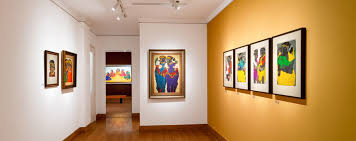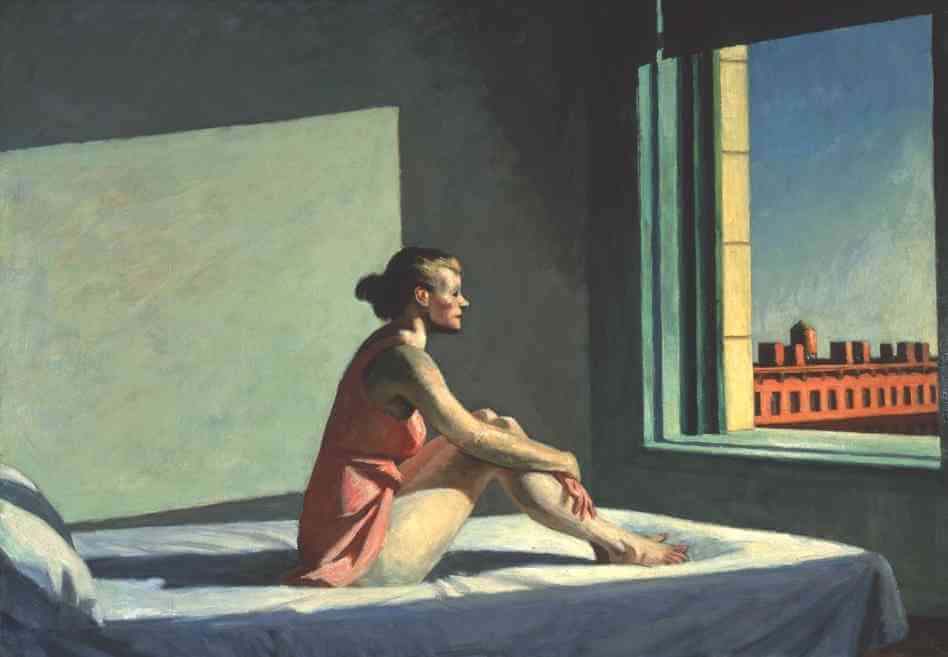
Menu

In a time of constant digital connection, feelings of isolation have paradoxically grown—especially among urban youth. This emotional dissonance has become a recurring theme in the works of young artists, who use their art to explore alienation, loneliness, and the search for meaning in crowded cities.
Their paintings often depict solitary figures in vast, chaotic spaces, symbolizing how urban life can feel both overwhelming and empty. Monochrome tones, quiet compositions, and surreal elements reflect a sense of distance—from others, from nature, and sometimes from oneself.
Digital art has become a preferred medium for expressing urban isolation. Artists use tablets and software to create dreamy, soft visuals with glitch effects or layered textures that reflect emotional complexity. Others turn to photography, capturing moments of stillness in public spaces or anonymous figures lost in the crowd.
Themes of mental health, disconnection, and identity crises are central. Many young creatives share their works on social media, not just for recognition, but as a form of reaching out. Comments, reposts, and digital feedback loops become part of the emotional process.
The city becomes a symbol in this art—beautiful, buzzing, but emotionally distant. It’s not all despair, though. Many works also show resilience, introspection, and the quiet power of solitude.
Through this exploration, artists are building emotional bridges in a disconnected world—one canvas at a time.

@THE INDIAN ART COTTAGE
© The Indian Art Cottage | All Rights Reserved | 2025